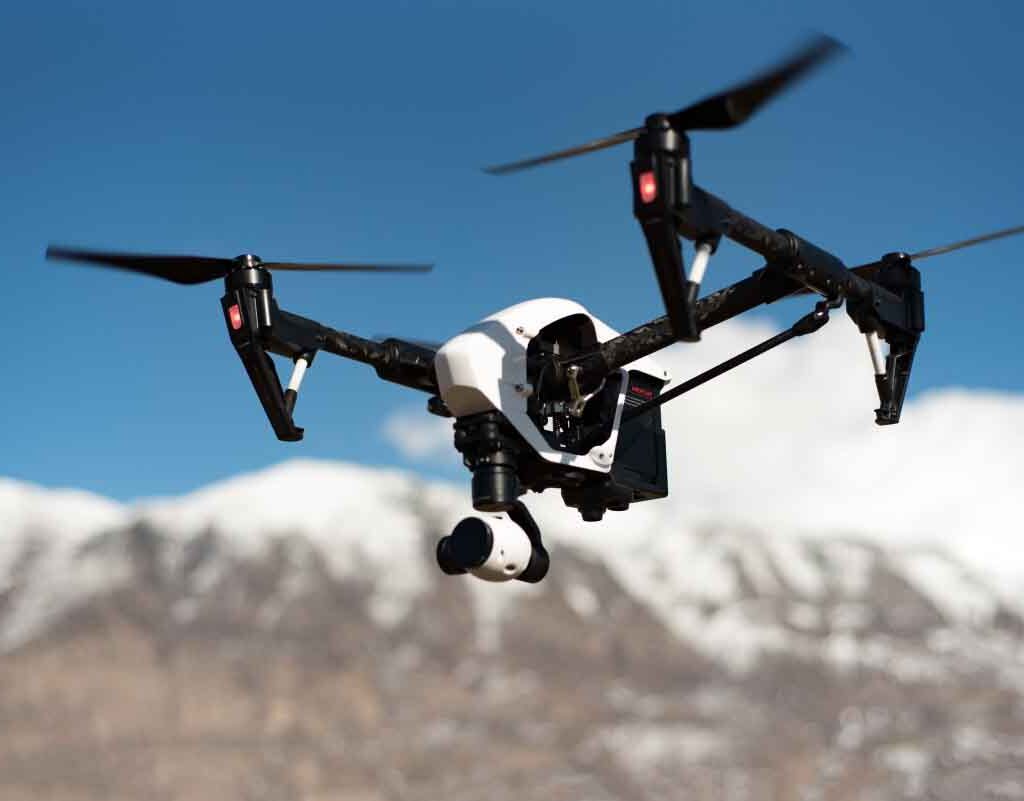Cademix Institute of Technology, Vienna, Austria | +43 650 967 7080 | info@cademix.org


Cademix Institute of Technology
Job seekers Portal for Career Acceleration, Continuing Education, European Job Market
People also visited:
Prescription Contact Lenses: Choosing the Right Fit for Your Vision Needs
Powering the Fields: The Evolution and Impact of Farm Tractors
Focus Dailies 90: A Simple Guide for Kids on Daily Contact Lenses
SEO Performance Metrics: From Data to Strategy
Optometrist Career Path: A Comprehensive Guide
The Role of Photovoltaics in Achieving Energy Independence
AI Image Generation: Advanced Techniques for Optimizing Prompts in ChatGPT and MidJourney
Variable Frequency Drives (VFDs): Enhancing Motor Control in Automation
Challenges in 3D Medical Imaging Reconstruction: Factors and Considerations
Exploring Specsavers Optometrist Jobs: Opportunities, Responsibilities, and Benefits
Critical Perspectives on Semiconductor Fabrication Processes and Optical Packaging in Quantum Integr...
Why "CV Template PDF" Isn't What You Need: The Right Way to Create an Editable CV
Monthly Contact Lenses: Balancing Convenience and Vision Health
Streamlining the Recruitment Process with Chat-GPT: A Guide for HR Professionals
Manufacturing Industry during COVID19 Pandemic
Pectin Extraction – A Review
Comprehensive Guide to Free CV Creator: How to Create and Customize a Professional CV Online
The Evolution of Color Lenses: A Journey Through History and Fashion
Agility Within a Non-Agile Environment
Optimierung der Effizienz in der Hochspannungsstromübertragung zur Integration erneuerbarer Energien
Artificial Lights in Rendering Virtual Photo Realistic Scenes
Cheapest Eye Exam Near Me: Understanding the Sociological and Psychological Impacts
German Bildungsgutschein Vouchers: Opportunities for International Weiterbildung and Continuing Educ...
A Guide to Germany's Biggest Cities: Where to Study, Work and Explore!
People also visited:
Role of Augmented Reality in the Future of Design
Protecting Candidates: Navigating the Legal Minefield of Job Offers
Biofinity Toric: A Comprehensive Guide to Comfort and Clear Vision for Astigmatism
3D Holography and its Proven Industrial Applications
Repair a Concrete Floor
AI-Assisted Parametric Design: The Future of Architecture and Product Development
Career Opportunities in UX Design: Skills and Roles Shaping the Future
The Role of Photovoltaics in Achieving Energy Independence
How to change jobs during a pandemic
Ranking the Ranks: Who Tops the Influencer Charts?
Understanding Cademix's Author Privacy Policy : A Simple Explanation
Improving Communication Skills with GPT-4o: Applications for Real-Time Personal and Professional Gro...
Optometrist Career Path: A Comprehensive Guide
FMEA Insights in Manufacturing Industry
Renting an Apartment in Austria: Essential Tips for International Students and Job Seekers
Pectin In Jam
EU GREEN DEAL AND COMPARISON WITH INDIAN STANDARDS
3D Rendering in Real Estate Sector
Innovative Marketing Strategies for Event Managers
Techniques for Characterisation of Polymeric Nanoparticles: A Review
Architectural Design on a Budget: Utilizing FreeCAD for Your Projects
Optimizing Efficiency in High-Voltage Power Transmission for Renewable Energy Integration
Great Interior Designers Strategies Using Cross-Functional Team Collaboration
Strategic Decision-making in European Energy Markets: Theory and Policy Implications





